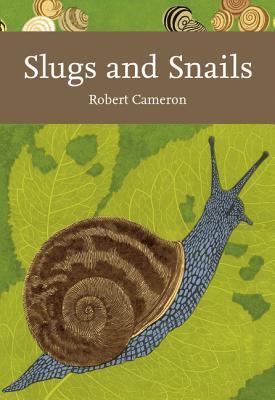
Inheritance And Natural History
By R.J. Berry
1977
First Published
4.50
Average Rating
350
Number of Pages
Part of Series
Ever wondered why primroses have three sorts of flowers; or about pesticide resistance in rats and mice, mosquitoes and green-fly; antibiotic resistance in disease organisms – all are examples of genetical adjustment, explained in this book. This edition is exclusive to newnaturalists.com This absorbing book is about genetics as it applies to the world around us. Its main aim is to show the ways in which inherited variation can help to explain the properties of natural the differences between individuals, the extent and mechanism for transmitting characteristics from one generation to another, and the factors which control the frequency of a trait in a local group. It is thus of interest not only to naturalists but also to farmers and gardeners - indeed it is highly relevant to each one of us in the context of modern social planning. Professor Berry's explanations, combining laboratory techniques for the biochemical study of changes in cells, an understanding of modern genetics, and field observations by himself and others, are addressed not just to the earnest student but to all those who wonder why people or organisms differ - why snails are striped; why mice have longer tails in Scotland than in England; why primroses have three sorts of flowers; or about melanic forms of moths, spiders and ladybirds in industrial areas; pesticide resistance in rats and mice, mosquitoes and green-fly; antibiotic resistance in disease organisms - all examples of genetical adjustment. Professor Berry divides his working life between the Royal Free Hospital School of Medicine in Bloomsbury where he is Professor of Genetics in the University of London, and research on a wide variety of islands - Skokholm in Wales, members of the Faroe, Shetland, Orkney and Hebrides groups, and as far away as Hawaii and Enewetak Atoll in the Pacific and Macquarie Island in the Sub-Antarctic - studying genetical pressures on island populations. Illustrated with 110 drawings, 12 colour and 19 black and white photographs.
Avg Rating
4.50
Number of Ratings
2
5 STARS
50%
4 STARS
50%
3 STARS
0%
2 STARS
0%
1 STARS
0%
goodreads
Author
R.J. Berry
Author · 5 books
From Wikipedia, the free encyclopedia Robert James "Sam" Berry FRSE FSB is a British geneticist, naturalist and Christian. He was professor of genetics at University College London between 1974-2000. He was president from 1983 to 1986 of the Linnean Society, the British Ecological Society and the European Ecological Federation. A Christian, Berry has spoken out in favour of evolutionary creationism, and served as a lay member of the Church of England's General Synod and president of Christians in Science. He gave the 1997–98 Glasgow Gifford Lectures entitled Gods, Genes, Greens and Everything.


